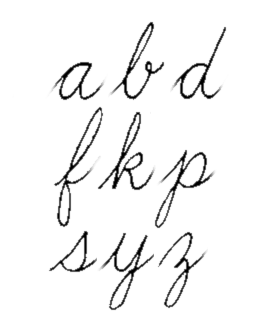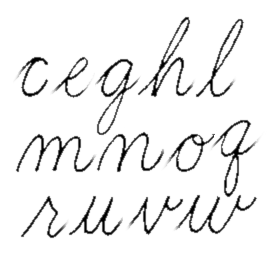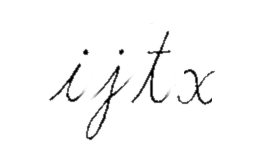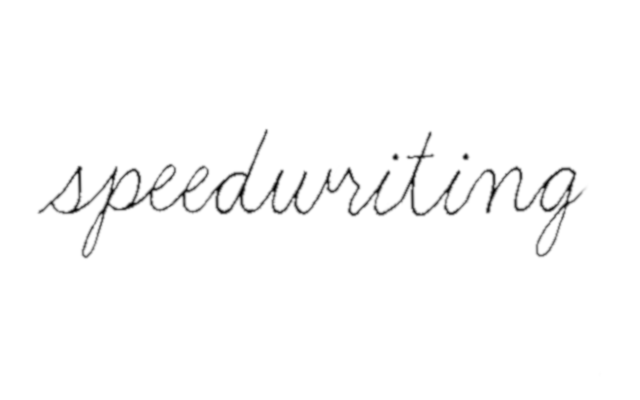On the 15th of October I was rushed to the hospital with a heart attack. They sent me to a specialty hospital where they focus on these sorts of things.
One of my coronary arteries was 85% blocked (and the others weren’t doing too well either). They put a stent in to keep it open.
I stayed there a day, then left, because my vital signs were very good, and there were absolutely no complications. But I was there without entertainment or communications, and was going stir crazy. (They wouldn’t even bring me a newspaper when I asked for one.) I left against medical advice and I don’t apologize for it.
After getting back home, the only pain I had was not in my chest, but in my arm where they inserted the catheter — but even that went away after a while. (At one point my heart did start racing again, but that tends to happen to me occaisionally anyway.) I suppose you could say the worst complication I had was worrying about complications.
Part of the reason it went so well is I took action fast and didn’t wait for it to become unbearable.
I’m healing fast, and have even been able to ride my bicycle lately.
When I got tired of writing scribbles that no one could read, including me, I developed my Speedwriting system. It’s not shorthand or anything cryptic like that, just ordinary writing that anybody can read.
First rule: always use cursive
If you don’t use cursive writing, learn it and start using it! (See the above picture.) It’s much faster than writing block letters, indeed, that’s why cursive was invented in the first place. Most cursive words can be written without picking your pen/cil up off the paper.
One reason for NOT using cursive is that “computers can’t read it”. I don’t know about anyone else, but to me that’s a good reason to use cursive! In this world of surveillance and snoopiness, the less a computer is able to read what you’ve written, the better.
Second rule: never use capitals
Not capitalizing someone’s name is a sign of disrespect, because their name is important to them. So what — you just want to get the job done quicker. People will get used to your style in time.
And not using capitals is a grammatical error, and in at least one language, actually changes the meaning of the word. No big deal, just get used to it.
Third rule: don’t let the lines touch
When writing line after line, DON’T let the letters of one line touch the letters of the line before (or the line after). That makes it harder for someone to read what you’ve written. Always allow a tiny bit of separation between lines, even if just keeping two letters — one above and one below — from touching.
Fourth rule: don’t always write at the same speed

The fast letters
There’s nothing really special about the letters a, b, d, f, k, p, s, y, and z. Just write them out like you normally would, at your usual fastest speed.

The slow letters
I call these the slow letters because they have a tendency to look like trash when written out quickly. If you ever have the opportunity to watch me write, you’ll see me slow down to about half speed when I get to one of these. As soon as I get past them, I speed up again. Not every letter needs a lot of care to be written neatly, but it’s best to spend your time where it’s most needed rather than give the same amount of time to every letter.
In particular, m, and n are round at the top and pointy at the bottom, and u and w are pointy at the top and round on the bottom. n and u in particular just look like scribbles (and each other) when written out too quickly, so do take care to get the round parts and the pointy parts where they belong.
v is pointy on both the top and bottom.
o just looks like a circular mess when it’s written too quickly.
r has to have the upper right part done just so to look like an r.
g and q are almost the same, except that g has it’s tail going down and to the left while q has it’s tail going down and to the right. Exaggerate the way the tail is going to make them look distinct.
When I write an h it tends to start looking like a k unless I’m careful (although maybe that’s just me).
Fifth rule: sometimes it’s better to dot and cross your letters first and then write the word

The dotted and crossed letters
These letters are a special case. When they occur at the beginning of a word, I will write the dots and crosses first then write the word under it. If I wait until I’ve reached the end of the word, then my pen/cil has to move farther to get to the letter that needs it.
Here are the rules for dotting and crossing a letter first:
(a) If the dotted or crossed letter is the first or second letter of the word, do the dot or cross first.
(b) If it’s a dotted or crossed letter, and it occurs RIGHT AFTER a dotted or crossed letter that’s being dotted or crossed first for whatever reason, then dot or cross it first as well.
Some examples:
the — since t is a crossed first letter, draw the cross first.
express — x is a crossed second letter, so it gets its cross first before the rest of the x is even written.
kitchen — both the i and the t get dotted and crossed first, because the i is a dotted second letter, and the t is a crossed letter that follows the “dotted first” i.
obtain — neither the t nor the i qualify under the above rules. Note this means that letters by the end of the word will normally not be completed until the rest of the word is done; that’s the way you want it because then your pen/cil doesn’t have to move so far to get to it.
texas — the t gets crossed first, but not the x, because t is the first letter, but even though the x follows the t, it doesn’t follow directly after the t.
jinx — the j and the i get dotted first, but the x doesn’t get crossed until the rest of the word is written.
exiting — in this word, all the crossable/dottable letters get crossed/dotted first. Try to figure out for yourself why this is so. And then practice each of these words for a while; you will soon get to the point where you can do it without thinking about it.
